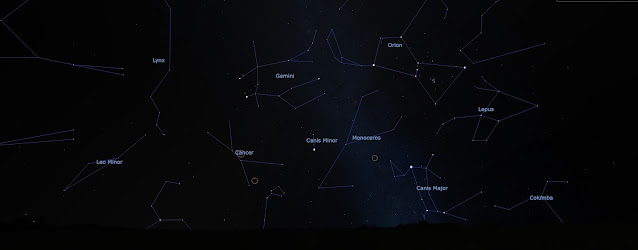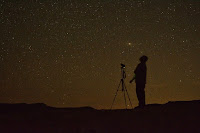Introduction
Utah ended 2022 with a few rain/snow storms and cloudy skies, less than ideal weather for stargazing. The week leading up to the stormy weather was quite pleasant with a few nights allowing astronomers to peer at the stars between the clouds. I was able to continue to see the Belts of Venus in the morning and Saturn, Jupiter, and Mars in the evening. The winter constellations were easy to pick out, especially Orion. Unfortunately, the Geminids and the Ursids were unable to be viewed at my location due to cloudy weather.
A new year is upon us once again, offering many of the same sights as 2022 but also a few chances to see sights that are out of the ordinary. A future post will discuss the upcoming highlights in 2023. I will slow down on the Messier objects for the next few posts as we wait for the Spring constellations to climb higher in the early evening sky. January will offer a conjunction between Venus and Saturn, the Quadrantid Meteor Shower, a string of planets, and another chance to watch the Moon occult Mars.
Meteor Shower
January brings the return of one of the best meteor showers of the year, the Quadrantids. This shower will peak on the 3rd of January. Typically, observers would be able to see over 100 meteors per hour, but unfortunately, a nearly Full Moon will be in the sky. Observers willing to brave the cold temperatures could be rewarded by some bright meteors during the Quadrantids. Interested observers should dress warmly, get away from as much light pollution as possible, and look towards Boötes above the eastern horizon around midnight. More meteors will become visible as this constellation rises higher in the sky.
Spot Me....🕵️
 |
| Looking southeast after sunset with constellation lines and labels to help identify Lepus. |
The only Messier object belonging to Lepus is M79 (aka NGC 1904). This object is a globular star cluster like M13 (Great Globular Cluster in Hercules) but does not look quite as big through a telescope. To find M79, connect the two central stars with an imaginary line and extend this line away from Lepus. By extending about the same distance that is between these two central stars, an observer should come across the location of M79. See the images below for the location of the Messier object belonging to Lepus.


















